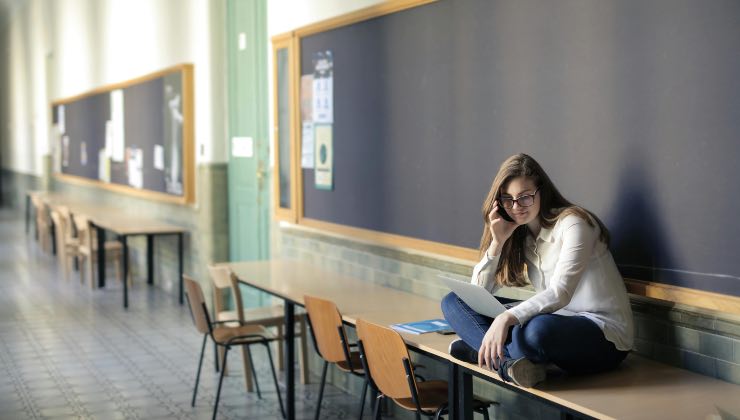Ministry of Education confirms everything: GOODBYE TO RECREATION from September | “No longer necessary for children”

A novelty that could turn the lives of many students upside down .
Recess is a fundamental moment in the school day of students, not only as a break from educational activities, but also as an opportunity to regenerate mind and body. After hours of attention and concentration, children and teenagers need a break to disconnect, relax and recover energy, thus improving cognitive skills and productivity in the following hours.
During recess, students can move, play, talk to each other and release accumulated tension. This time favors the development of social skills, such as collaboration, respect for rules and conflict management. It is often in these informal spaces that friendships and positive dynamics between peers are consolidated.
Playtime also has a positive impact on physical health. Especially for younger children, movement is essential for balanced development. Simple activities such as running, jumping or playing outdoors stimulate coordination, strengthen the muscular system and help counteract sedentary behavior.
An adequate break contributes to psychological well-being. Students return to the classroom more relaxed, less stressed and more predisposed to learning. Ensuring adequate space and time for recess means investing not only in the quality of school life, but also in the formation of more balanced and serene individuals.
Discipline and uniformity in schools: no recess for this MinistryIn Japan , the Ministry of Education imposes an extremely rigid aesthetic code on students, which reflects the culture of rigor and uniformity. In schools, it is forbidden to consume sweets or snacks, and every behavior is regulated to maintain order and concentration: a sort of ban on recess. Students cannot wear piercings, nail polish or flashy accessories, and even their haircut must comply with very specific criteria.
The rules don't stop at the most obvious external appearance: in many schools, students with naturally wavy, light, or hair other than jet black are required to prove, with official documentation or childhood photos, that it is their natural color. This level of scrutiny, while motivated by a desire for fairness and cohesion, raises questions about respect for individuality.

The Japanese school system aims to produce citizens who respect the rules, are accustomed to sacrifice and discipline. The aesthetic code is part of a broader educational vision that values the community over the individual. The idea is that by eliminating visible differences, a more equitable and distraction-free environment is created.
However, this standardization has also attracted criticism, both domestically and internationally, for its effects on personal freedom and the expression of identity. Despite this, for the Japanese Ministry of Education, these rules remain a fundamental tool for ensuring order and performance within schools.
Sicilia News 24





